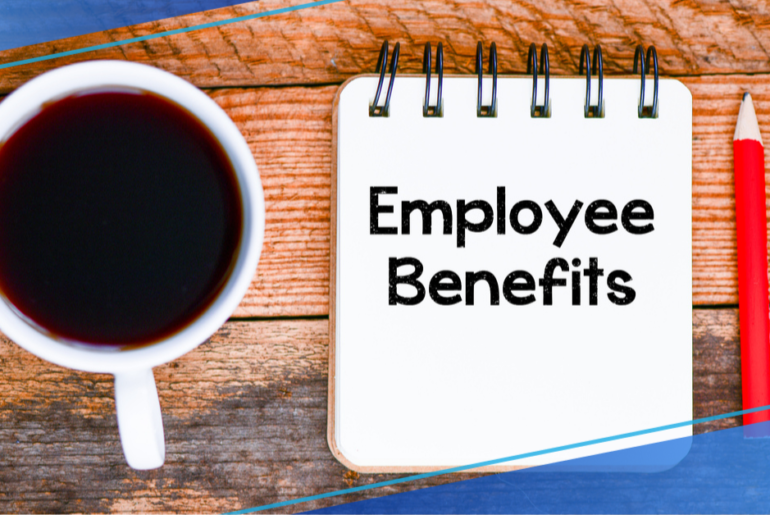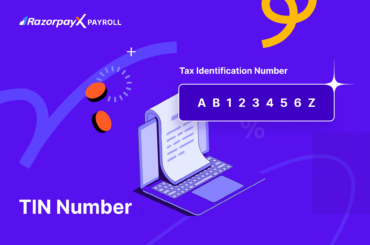Allowances – Perks of being a salaried individual. Every employer pays different allowances to employees during their regular job duty. And, employees can use these allowances to save their income tax every year.
Allowances are a part of employees’ CTC (Cost-to-Company) and are paid in addition to basic salary. Generally, these allowances are provided to cover expenses like house rent, children’s education or travelling.
But, there might be a price for perks. These allowances can be partially or fully taxable, depending on the type. On the other hand, some of them are even exempt from income tax.
Let’s decode different salary allowances, their taxability, and how should employees save their maximum tax.
Table of Contents
House Rent Allowance (HRA)
Salaried individuals can use HRA to reduce their taxes only if they live in rented accommodation. This allowance covers rent expenses for employees and provides a tax benefit.
What is the HRA deduction amount?
The maximum amount of HRA that employees can claim is the least of the following amount.
- Actual HRA received in a financial year
- Total rent paid for the year less 10% of basic salary + Dearness Allowance (DA)
- 50% of basic salary + DA for those living in metro cities (40% for non-metros)
Is the owner’s PAN mandatory?
Employees need to provide their landlord’s PAN if total rent paid during the year exceeds Rs 1 lakh in a financial year. While making tax declarations, employees should provide rent receipts and the owner’s PAN wherever applicable.
[bctt tweet=”HRA benefit is not allowed under the new tax regime. Employees opting for the old tax regime can claim HRA and reduce their taxes.” via=”no”]
Leave Travel Allowance (LTA)
Employees receive LTA from their employers for travelling while they are on leave. This allowance is partially taxable under the Income Tax Act.
What are the conditions to claim LTA?
Here are certain factors that have to be considered before claiming LTA benefit.
- Only domestic travel is covered
- Actual journey should be undertaken
- Covers employee and family members, where family members include spouse, children, brother, sister and wholly dependent parents. Allowed for a maximum of two children, if born after 1st October 1998
- LTA benefit cannot be claimed for travel on official holidays and weekends. Employees should apply for leaves and travel during that period
What is the maximum LTA benefit?
The LTA benefit amount is limited to,
- Actual travel cost – Rail, air or bus fare. No expenses such as local conveyance, sightseeing, hotel accommodation, etc., are eligible, or
- Actual LTA provided by the employer
Whichever is lower.
If LTA provided by the employer is Rs 54,000, and actual travel cost incurred by the employees is Rs 32,000. Then, the LTA benefit will be Rs 32,000 only. Remaining, Rs 22,000 will be added to the employee’s taxable income.
Employees are allowed only two journeys in a block of four calendar years. The block applicable for the current year is 2018-21.
To claim this benefit, employees must submit travel proofs like a boarding pass, train tickets, travel agency invoice, etc. to their employers. These proofs should be submitted along with the mandatory declaration.
Maximum benefit based on different modes of transport
| Air journey | Air economy fare of the national carrier (Indian Airlines or Air India) by the shortest route to the place of destination |
| Place of journey and destination connected by Rail | Amount will be restricted to air-conditioned first-class rail fare by the shortest route to the place of destination |
| Place of journey and destination not fully connected by Rail but connected by other recognised public transport systems | Amount will be restricted to first-class or deluxe class fare by the shortest route to the place of destination |
| Place of journey and destination not connected by other recognised public transport systems | Amount will be restricted to the air-conditioned first-class rail fare, for the distance of the journey by the shortest route, as if the journey had been made by rail |
What if an employee didn’t claim LTA exemption in one block?
If an employee has not claimed LTA exemption for one or two journeys in the block of 4 years, they can carry over such benefit to the next block. However, they will have to claim this benefit in the first year of the next block.
What if an employee travels to multiple destinations?
The LTA benefit will be claimed for the travel cost eligible from the place of the journey to the farthest destination during the vacation period by the shortest possible route.
Standard Deduction (Replacing conveyance and medical allowance)
A standard deduction of Rs 40,000 was introduced for salaried individuals in Union Budget 2018. This deduction replaced the conveyance allowance of Rs 19,200 and medical reimbursement of Rs 15,000.
Both the allowances were subject to tax deduction if a valid conveyance or medical expense proof was provided by the employee. In order to benefit the salaried section, the government introduced this standard deduction. The deduction will be allowed to all salaried individuals and is not subject to any proof of expense.
The limit of the standard deduction was increased to Rs 50,000 in the Interim Budget 2019.
Education Allowance
Employees are entitled to children education allowance from their employers. Any amount received over Rs 100 per month per child will be taxable.
This benefit can be extended to a maximum of two children.
Books and periodicals Allowance
Employees can claim reimbursement of expenses incurred on books, newspaper subscription, periodicals, journals and so on. These reimbursements are tax-free for employees.
The maximum amount of reimbursement is limited to,
- Actual bill amount, or
- Amount provided for books and periodicals in CTC
Whichever is lower.
Food coupons Tax exemption
Many employers provide food coupons to their employees as perquisites. These food coupons are exempt from tax up to Rs 50 per meal. So, if the whole month is considered based on 22 working days and 2 meals a day, the monthly benefit will be Rs 2,200 (Rs 50*22*2).
Employees can avail this tax benefit and claim Rs 26,400 under tax-free food coupons in a financial year.
Gifts and vouchers provided by the employer
Gifts or vouchers worth Rs 5,000 per year provided by the employer in cash or kind are exempted from income tax.
How you can make taxes easier for employees
While making tax declarations, employees often get confused with proofs to substantiate their declarations. The employer must provide a user-friendly platform to employees.
A platform that can help employees understand the nature of proofs required for claiming various tax benefits. It should also provide insights on employees’ tax liability under the dual tax regime. This will help employees choose the best-suited tax regime after making accurate tax declarations.
We, at Razorpay, have built RazorpayX Payroll Software to provide a user-friendly platform to employees. With this software, employees are guided at each step of the tax declaration. Right from demystifying the tax implications of different allowances & deductions to choosing the best tax regime for themselves, RazorpayX Payroll will serve everything to employees.
Employees can access their payslips, Form-16, claim reimbursements, apply leaves and manage their attendance from anywhere and at any time with RazorpayX Payroll.
It’s time to provide employees with the best payroll experience with RazorpayX Payroll and help them save their hard-earned money.





